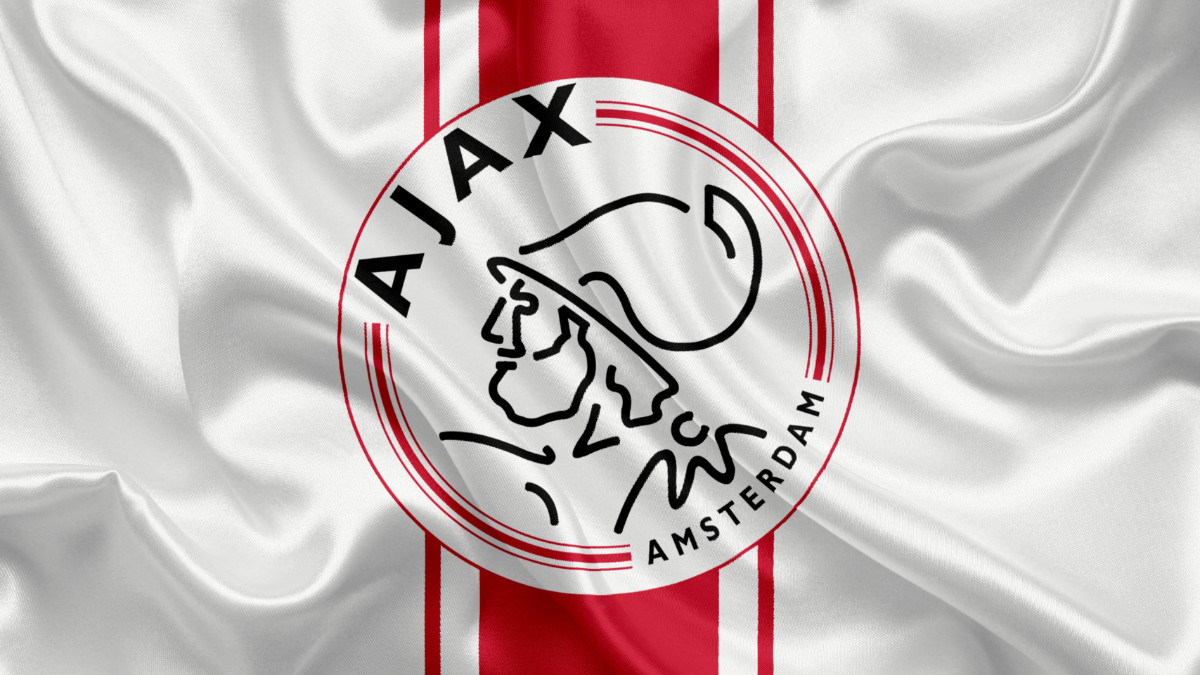缓存
浏览器的一次请求需要从服务器获得许多css、img、js等相关的文件,如果每次请求都把相关资源文件加载一次,对带宽、服务器资源、用户等待时间都有严重的损耗,浏览器有做优化处理,就是把css、img、js等文件在第一次请求成功后就在本地保留一个缓存备份,后续的每次请辞u就在本身获得相关的缓存资源文件就可以了,可以明显地加快用户的访问速度。
css、img、js等文件可以缓存,但是动态程序文件例如PHP文件不能进行缓存,即使缓存我们也不要其缓存效果。浏览器对动态程序文件缓存的处理解决:
- 给请求的地址设置随机数【推荐】;
- 给动态程序设置header头信息,禁止浏览器对其缓存。
给请求的地址设置随机数
1
2
3
4
5
6
7
8
9
10
11
12
13
14
15
16
17
18
19
| <!DOCTYPE html>
<html lang="en">
<head>
<meta charset="UTF-8">
<title>Ajax对缓存的处理</title>
<script type="text/javascript">
function f1(){
var xhr = new XMLHttpRequest();
xhr.open('get', './server.php?'+Math.random());
xhr.send(null);
}
</script>
</head>
<body>
<h2>Ajax对缓存的处理</h2>
<input type="button" value="触发" onclick="f1()">
<div id="result"></div>
</body>
</html>
|
1
2
3
4
5
6
| //设置header头禁止浏览器缓存当前页面
header("Cache-Control:no-cache");
header("Pragma:no-cache");
header("Expires:-1");
$fp = fopen("test.txt","a");
fwrite($fp, "php "); fclose($fp);
|
